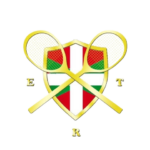
JEU DE PAUME BAYONNE PAYS BASQUE
Euskal Real Tennis
JEU DE PAUME
BAYONNE - PAYS BASQUE
Euskal Real Tennis


Our real-tennis club welcomes people of all ages to join our group of passionate players.
Whether you are a beginner or an experienced player, our club is a friendly environment where you can improve your game, take part in friendly matches or just discover the pleasure of playing this ancestral racket sport.
Come and play with us to be part of a rich sporting and friendly tradition.
Where we play in the Pays Basque
Our club has access to 4 « trinquets »(pelote basque courts) that where originally real-tennis courts, we put up our net in the middle of the court which basically transforms the court as far as is possible into a real-tennis configuration.
The configurations of the trinquets are closer to the ancient original dimensions, making each of the courts in which we play quite unique! They provide originality for everyone who enjoys the quirks of these courts that are not quite like any other real-tennis configuration. For example:
The penthouse on the hazard back wall may be missing
In the trinquets, the front wall/right wall angle has a junction that is not right-angled. In a real-tennis court, this angled junction is advanced by 3 metres along the wall and is called the buttress.
The size of each trinquet court varies from one trinquet to another
Trinquet St André – Bayonne
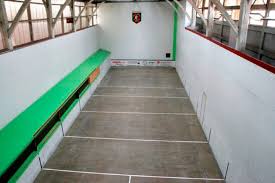
The trinquet Saint André is located in the very heart of the historic centre of Petit Bayonne, and it is also located at the exceptional address of “rue du Jeu de Paume”!
The construction of this court dates from the beginning of the 17th century.
Here, you can observe a splendid original “upside-down boat hull” frame made by the marine carpenters of Saint-Jean-de-Luz.
The absence of a penthouse roof on the front wall requires a real capacity to adapt and adjust one's game, particularly when serving.
Dimensions : 28,30m long x 10m wide
Trinquet Gartxot – La Bastide – Clairence (Bastida)
This trinquet is the smallest of the courts, it is also the oldest in the world, dating from the beginning of the 16th century.
Playing at La Bastide means learning to contain and restrain your shots, to play with finesse and be accurate enough to place the balls where they will be the most effective. You also need to get used to the bounces off the wooden door which can give you a certain advantage… or not !!
Dimensions: 23.50m long x 7.30m wide
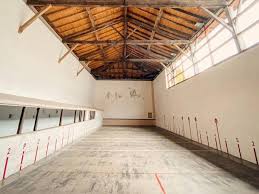

Ce trinquet est le plus petit de nos tripots carreaux, c’est aussi le plus ancien au monde datant du début du XVIème siècle.
Jouer à La Bastide, c’est apprendre à retenir ses coups, à jouer en finesse pour ajuster l’arrivée de vos balles sur le carreau. Il faut aussi connaître les rebonds de la porte en bois qui peuvent vous donner un certain avantage …
Dimensions: 23.50m long x 7.30m wide
Trinquet Artetxea – Bidarray
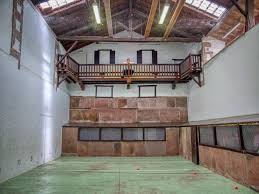
Such a noble trinquet clothed in its red Rhune stone which partially covers the walls.
Relatively narrow, and, as in the La Bastide Court, you have to know how to place your shots on the court.
No need to hit hard, it is better to use your experience of the game, use the walls and thus find the flaws in your opponent's game.
Dimensions: 24.5m long x 7m wide
Trinquet Dongaitz – Urrugne
Transformed into a trinquet at the beginning of the 20th century, the Dongaitz trinquet dates from the beginning of the 15th century and legend has it that King Louis XI (1423 - 1483) played a game during his trip to the Basque Country.
The Dongaitz family, owners of this trinquet, were the originators of many illustrious pelote players, including the famous Léon Dongaitz (1886 – 1979).
The current configuration of the trinquet requires the player to adapt his or her technique because there is no grille and no angled junction from the front wall to the right-hand side wall.
Dimensions: 28.30m long x 8.70m wide
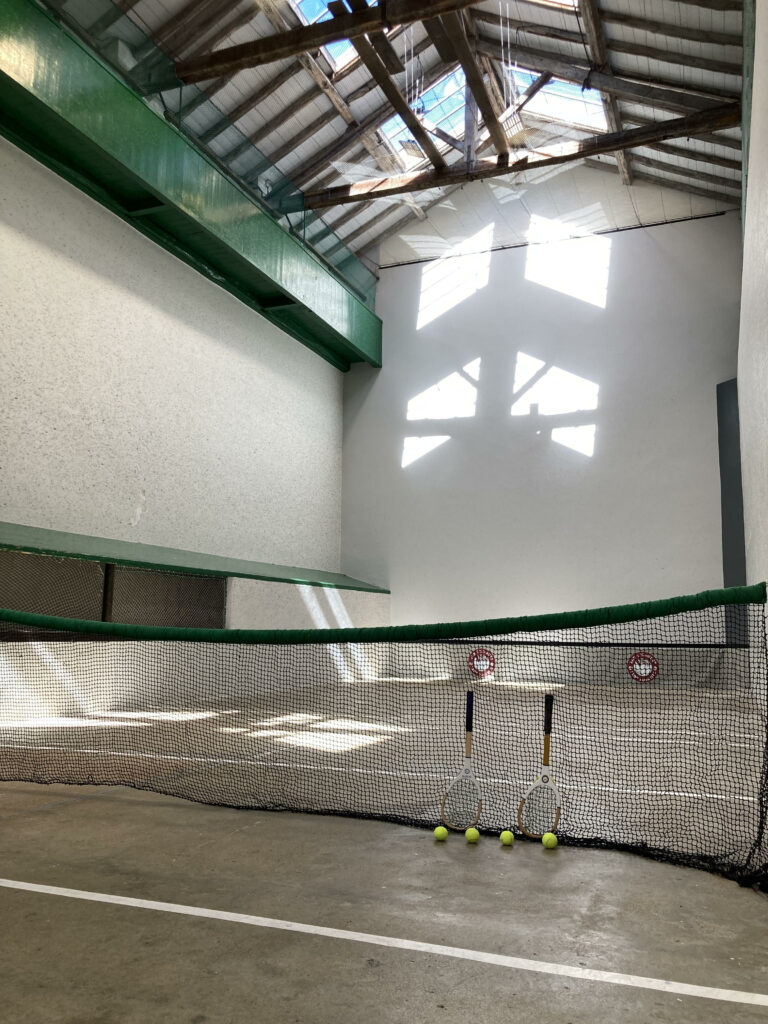
Transformed into a trinquet at the beginning of the 20th century, the Dongaitz trinquet dates from the beginning of the 15th century and legend has it that King Louis XI (1423 - 1483) played a game during his trip to the Basque Country.
The Dongaitz family, owners of this trinquet, were the originators of many illustrious pelote players, including the famous Léon Dongaitz (1886 – 1979).
The current configuration of the trinquet requires the player to adapt his or her technique because there is no grille and no angled junction from the front wall to the right-hand side wall.
Dimensions: 28.30m long x 8.70m wide
